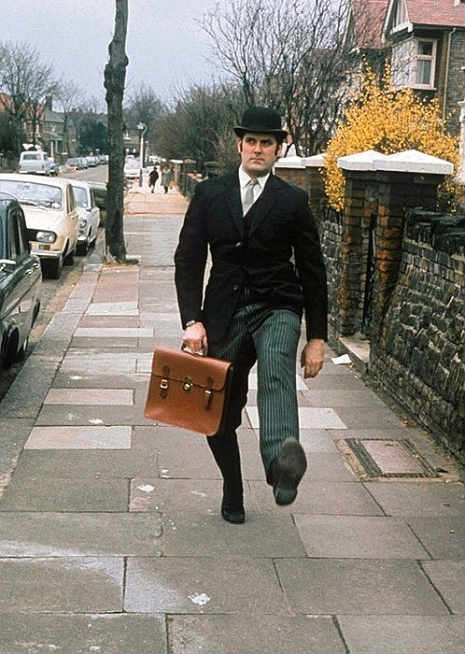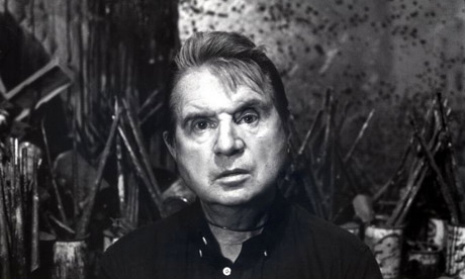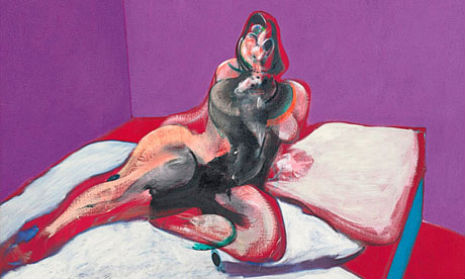
He blew his mind out in car, he didn’t notice that the lights had changed. These are the lyrics from The Beatles’ “A Day in the Life”, which immortalized the death of sixties socialite Tara Browne.
On the night of December 18th 1966, Browne, together with his girlfriend, Suki Potier, drove through the streets of South Kensington in his Lotus Elan. The couple had just left a friend’s apartment at Earls Court around 1am, and were now in search of food. Browne sped through a stop signal at the corner of Redcliffe Square and Redcliffe Gardens. As he swerved to avoid an oncoming vehicle, Browne crashed his car into a parked van. His last minute actions saved Potier from certain death, but left Browne fatally injured, and he died in hospital the following day.
Browne was 21-years-of-age, a member of the Irish aristocratic family Oranmore and Browne, and heir to the Gunness fortune. He looked like a cross between Paul McCartney and Peter Cook (more of which later), was said to be barely literate - having walked out of a dozen schools, lived with his mother, Oonagh Guinness and her boyfriend a “show designer” Miguel Ferreras, drank Bloody Marys for breakfast, smoked Menthol cigarettes, and according to his friend Hugo Williams lived the life of a “Little Lord Fauntleroy, Beau Brummell, Peter Pan, Terence Stamp in Billy Budd, David Hemmings in Blow-Up.”
‘Tara could hardly have failed to be a success in Swinging London. While I was wandering around the globe in ’63 and ‘64, he embarked on the second and last phase of his meteoric progress. He got married, met the Stones and the Beatles, opened a shop in the King’s Road and bought the fatal turquoise Lotus Elan in which he entered the Irish Grand Prix. He let me drive it once in some busy London street: ‘Come on, Hugo, put your foot down.’ I had just got my first job and our ways were dividing. His money and youth made him a natural prey to certain charismatic Chelsea types who turned him into what he amiably termed a ‘hustlee’.
He reputedly gave Paul McCartney his first acid trip. The pair went to Liverpool together, got stoned and cruised the city on mopeds until Paul went over the handlebars and broke a tooth and they had to call on Paul’s Aunt Bett for assistance. There is still a body of people — and a book called The Walrus is Paul — who believe that Paul is dead and is now actually Tara Browne with plastic surgery.’
A month after his death, January 17th 1967, John Lennon was working on a song when he read a newspaper article on the coroner’s report into Browe’s death:
‘I was writing “A Day In The Life” with the Daily Mail propped in front of me on the piano. I had it open at their News in Brief, or Far and Near, whatever they call it. I noticed two stories. One was about the Guinness heir who killed himself in a car. That was the main headline story. He died in London in a car crash.’
Lennon further explained his inspiration in Hunter Davies’ biography of The Beatles:
‘I didn’t copy the accident. Tara didn’t blow his mind out. But it was in my mind when I was writing that verse.’
However, more recently, in the authorized biography, Many Years From Now by Barry Miles, Paul McCartney added his tuppence worth:
‘The verse about the politician blowing his mind out in a car we wrote together. It has been attributed to Tara Browne, the Guinness heir, which I don’t believe is the case, certainly as we were writing it, I was not attributing it to Tara in my head. In John’s head it might have been. In my head I was imagining a politician bombed out on drugs who’d stopped at some traffic lights and didn’t notice that the lights had changed. The ‘blew his mind’ was purely a drugs reference, nothing to do with a car crash.’
Whichever version is true, Tara Browne is still the man best associated with lyrics. Here is Tara, and his Lotus Elan, in some incredibly rare footage from a short French TV feature, where the aristocrat drives around London and mumbles in French about his car, art, fashion, music and life. There are no English subtitles, but they’re not really necessary as the film is easily understandable. Appearances from Paul McCartney, Marianne Faithfull and famed gallery owner Robert Fraser.
With thanks to Simon Wells









 “Portrait of Henrietta Moraes” (1963)
Previously on Dangerous Minds
“Portrait of Henrietta Moraes” (1963)
Previously on Dangerous Minds